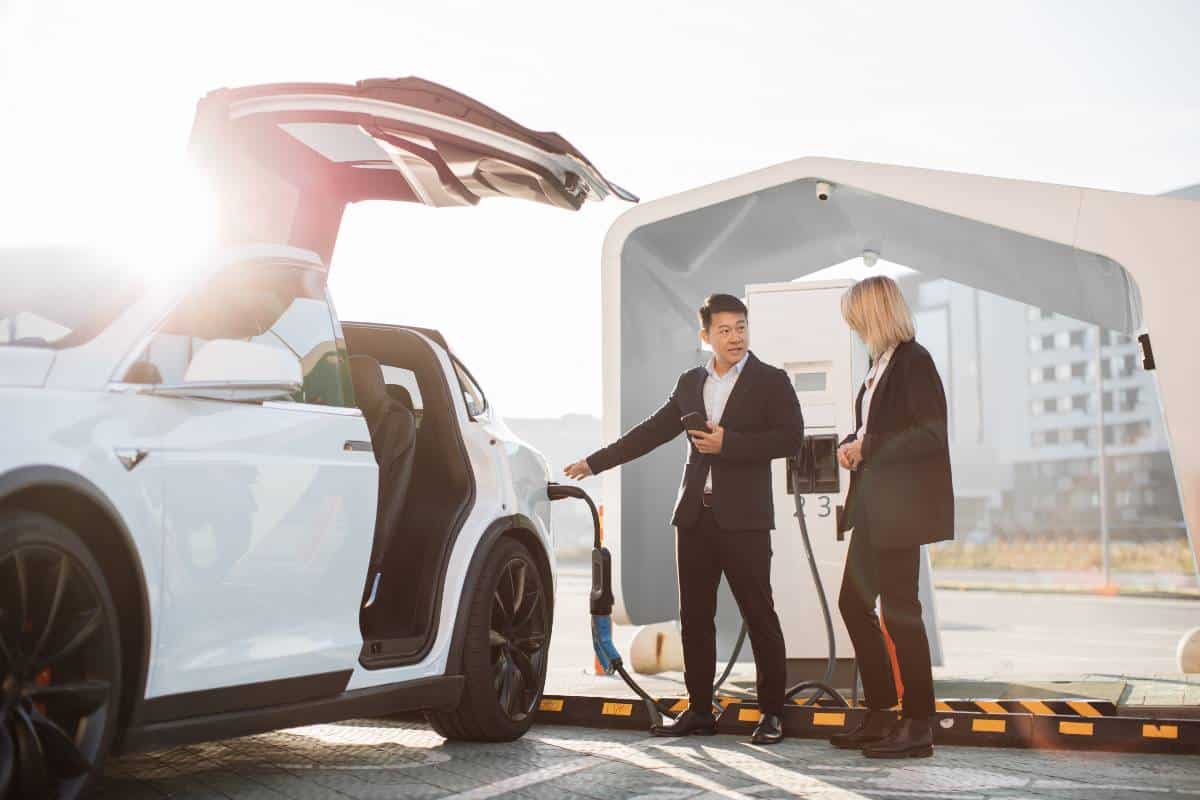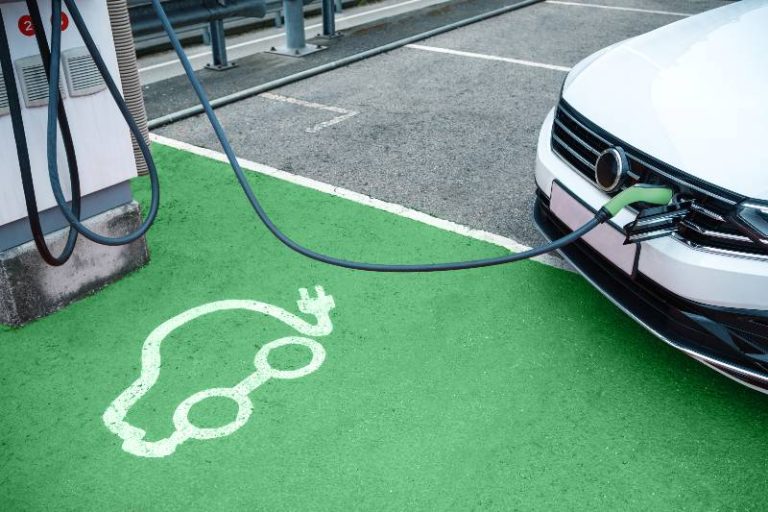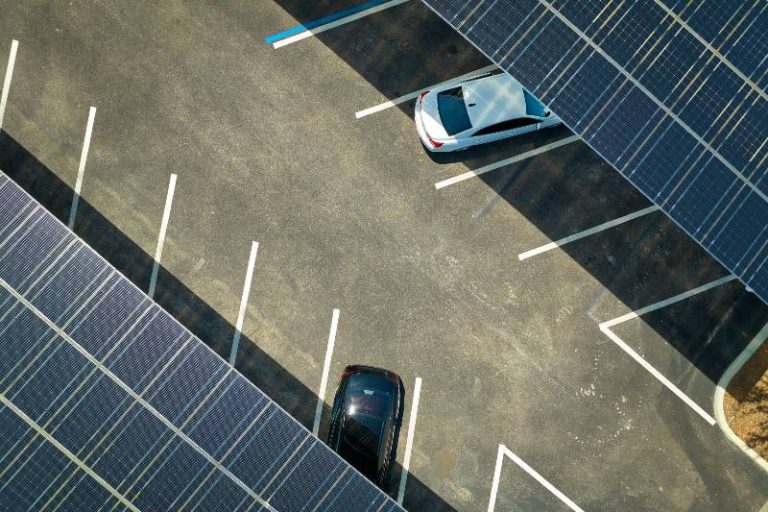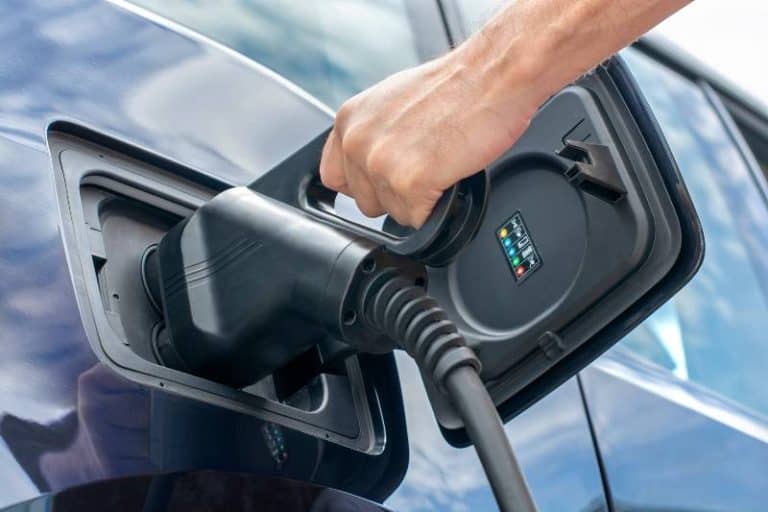Electric Vehicles Noise Reduction For Noise Pollution
I still remember when I first test-drove a Nissan Leaf back in 2018. I was struck by how quiet the cabin was compared to my old gas guzzler. Beyond comfort, it got me thinking about the potential amount of noise reduction benefits of electric vehicles.
As the founder of Electrik Living, my mission is to empower readers to reduce their carbon footprint through electric transport and renewable energy. I named my business after my daughter Trinity, born on Earth Day because ensuring a sustainable future for the next generation is what drives me.
So in this post, let’s explore how the rise of electric vehicles can pave the way for less noisy, more livable cities.
Key Takeaways
- Electric vehicles produce less traffic noise pollution than traditional gas-powered vehicles due to their quieter electric motors.
- While overall quieter, measures like minimum sound requirements ensure EVs emit sounds to warn pedestrians.
- Widespread EV adoption could reduce noise levels in cities, improving health and well-being.
Driving Towards a Quieter Future with Electric Vehicles
Why Noise Pollution Matters
You’re likely used to the familiar sounds of cars honking and engines revving in urban areas. But while we tune out this noise, it can seriously impact wellbeing over time.
Environmental Noise pollution refers to excessive, disturbing sounds from sources like traffic and construction. Studies show it negatively affects both mental and cardiovascular health. Issues include:
- Hearing loss
- Hypertension
- Sleep disruption
- Impaired memory and concentration
For vulnerable groups like kids and the elderly, these impacts can be especially detrimental. Research also shows noise pollution harms animals by altering mating and feeding behaviors.
Overall, minimizing noise could significantly improve public health and environmental quality.
How Traditional Vehicles Contribute
A major source of noise in cities comes from traditional gas and diesel-powered vehicles. Consider:
- Engine noise from combustion and moving parts
- Tire noise from friction on road surfaces
- Traffic noise from braking, honking, and idling cars
Motor vehicles account for around 90% of noise in bigger cities. This noise stems largely from engines and increases with speed.
Studies consistently show areas with heavy traffic volumes tend to suffer more noise pollution. This takes a toll on the well-being of local residents.

How Electric Vehicles Reduce Noise
Electric vehicles offer a much quieter alternative to their gas-powered counterparts. Let’s look at why:
Innately Quieter Design
Rather than loud engines, electric vehicles are powered by quiet electric motors. The lack of combustion means minimal noise from the mechanical process of driving.
Further, EVs don’t produce noise while idling at stoplights or intersections. This removes a significant source of traffic noise.
Overall, electric cars generate 80-90% less noise at low speeds compared to a typical gas engine. The difference is dramatic, especially in congested urban areas.
Potential for Further Noise Reduction
Engine and traffic noise aren’t the only culprits. Tire noise from friction between rubber and roads also contributes significantly.
Tire design improvements like insulating foam inserts can dampen vibration and road noise. Such solutions could reduce total EV noise even further.
Meanwhile, specialized road paving materials minimize tire noise compared to traditional asphalt. Using these on busy roads may also help lower urban noise.
Use of External Warning Sounds
While electric engines are much quieter, EVs still emit some external noise to warn pedestrians, with sounds getting louder at higher speeds.
Manufacturers have engineered warning sounds to balance safety and noise reduction. For example, Nissan’s “Canto” sound stays under 56 decibels unless the vehicle exceeds 20 mph.
The NHTSA requires all hybrid and electric vehicles to emit warning sounds of 43 to 64 decibels in the U.S. This regulation aims to improve pedestrian safety while limiting noise.
Challenges and Considerations
Transitioning to electricity won’t solve noise pollution entirely. Some barriers include:
Cost: Upfront prices remain high for many households. Widespread adoption may depend on declining EV costs over time.
Charging infrastructure: Limited ports cause bottlenecks, hindering adoption. Expanding accessible charging can enable more drivers to go electric.

The Road Ahead
While barriers exist, various stakeholders continue working to enable mass EV adoption:
Governments implement EV incentives and regulations to phase out gas vehicles over the next 10-20 years.
Manufacturers invest in better soundproofing, warning sounds, and other tech innovations to minimize noise.
As costs fall, consumer adoption should accelerate. Higher demand leads to further progress around charging infrastructure as well.
Ultimately, experts project higher-density cities like LA and NYC may see ambient sound level reductions of up to 40-50% thanks to EVs. That’s a major improvement!
As founder of Electrik Living, I’m committed to informing and empowering readers about sustainable transport. It’s not just about reducing emissions – transitioning to electric also enables healthier living environments.
FAQs
How loud are electric vehicles compared to gas-powered vehicles?
Researchers find electric vehicles generate 80-90% less noise at low speeds. Hybrid and electric vehicles are much quieter overall thanks to their electric motors.
Do electric vehicles pose safety risks for pedestrians due to their quieter nature?
Regulations require EVs to emit warning sounds between 43-64 decibels to ensure pedestrian safety while minimizing noise pollution. These sounds get louder at higher speeds.
What types of sounds do electric vehicles emit at low and high speeds?
At low speeds, electric vehicles emit subtle humming sounds from electric motors and tires. Warning sounds get louder at over 20 mph to alert pedestrians. Specific sounds vary by manufacturer.
How can car manufacturers address noise pollution from electric vehicles?
Improved sound insulation, specialized tires, and road materials, customizable warning sounds, and other technological solutions can minimize remaining EV noise.
What regulations exist regarding minimum sound requirements for electric vehicles?
U.S. regulation requires hybrid/electric vehicles to emit external warning sounds of 43 to 64 decibels. The EU voted to implement similar 56-decibel minimum requirements by the summer of 2023.
What role do electric vehicles play in addressing the lack of noise in urban areas?
Electric vehicles offer a quieter alternative to traditional cars, which can help address the lack of ambient noise in urban areas and contribute to a more peaceful environment.
How do electric vehicles on noise compare with traditional gas-powered cars?
Electric vehicles lead to reduced noise pollution levels and contribute to a quieter environment when compared to gas-powered cars on the road.
Conclusion
I hope this overview has shown the promise of EVs to enable quieter, healthier cities while balancing public safety. Schedule a consultation to discuss your sustainable transportation goals. My team at Electrik Living can advise on the best electric vehicle options to meet your needs and budget.






